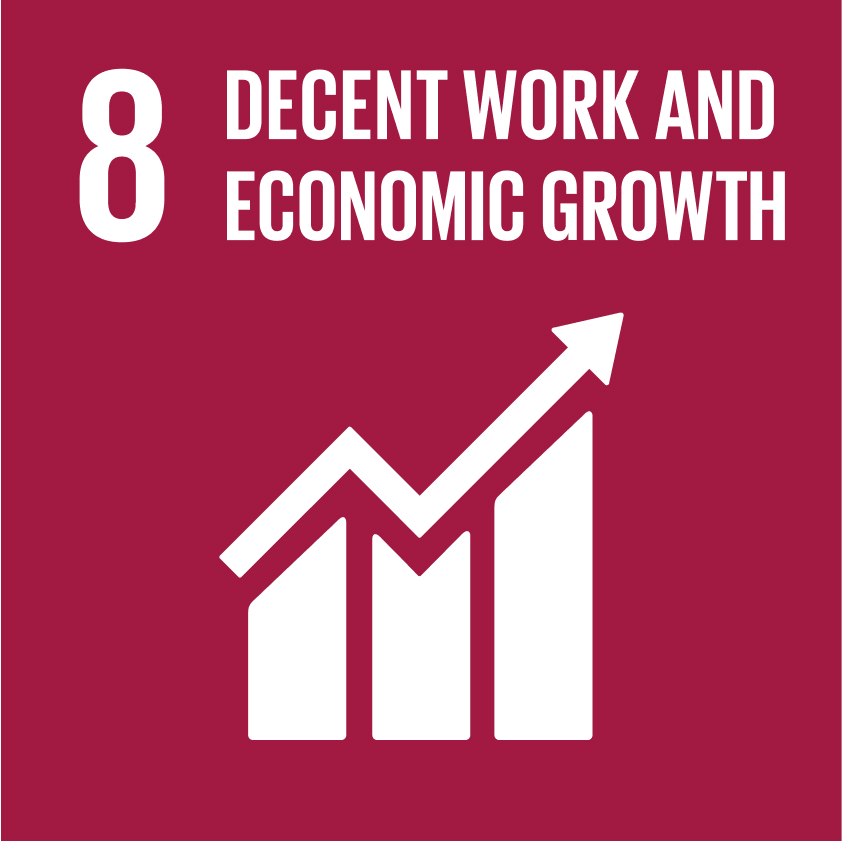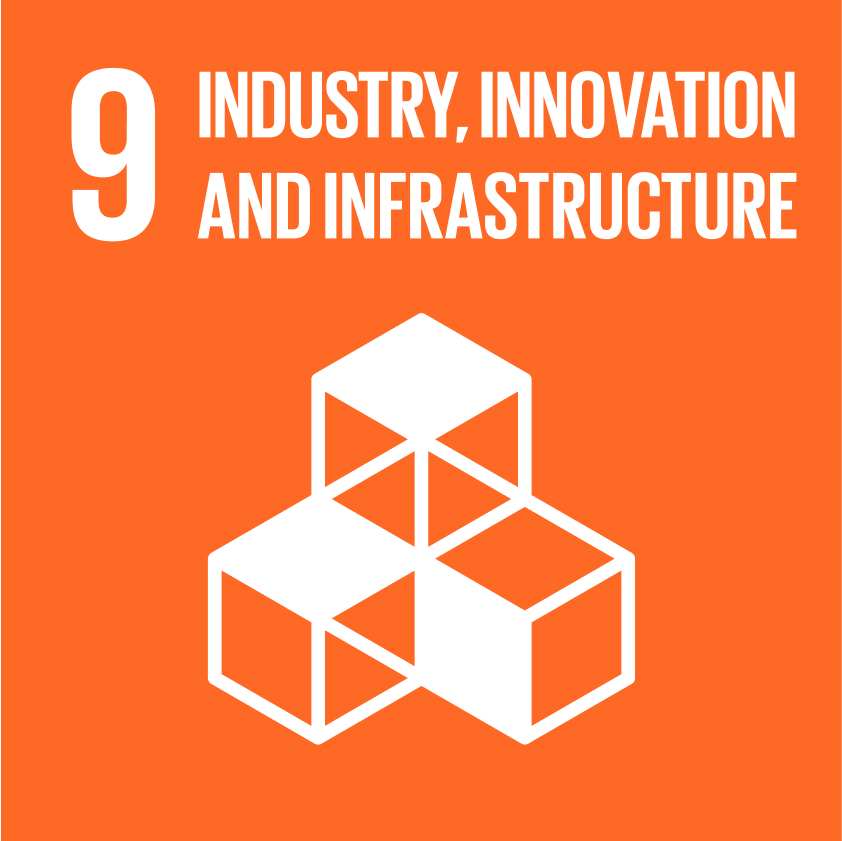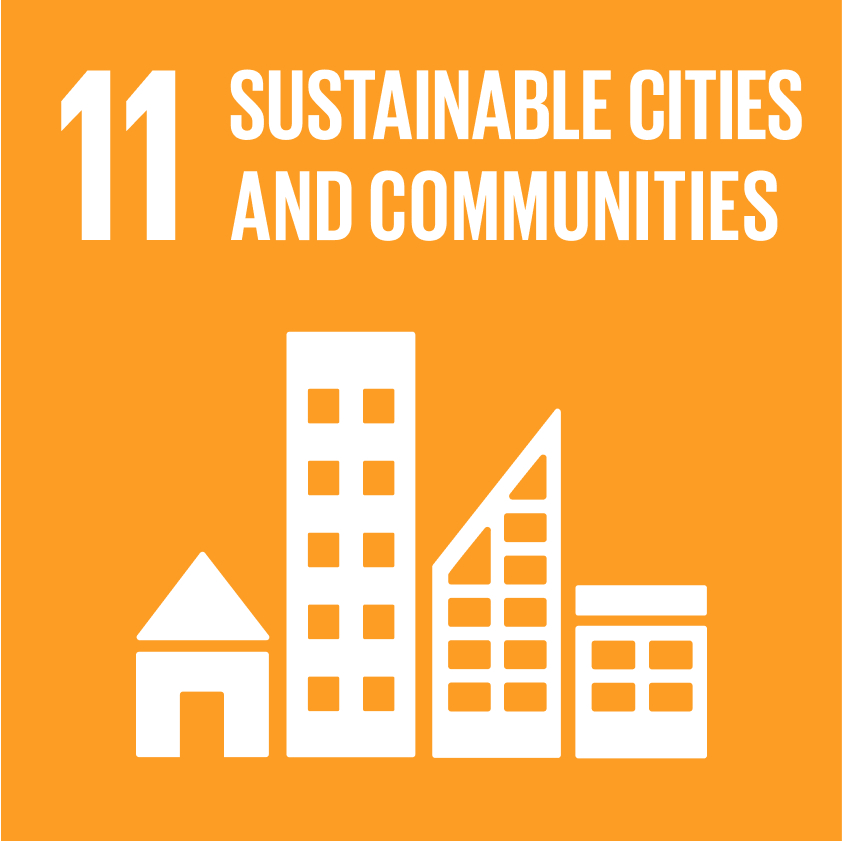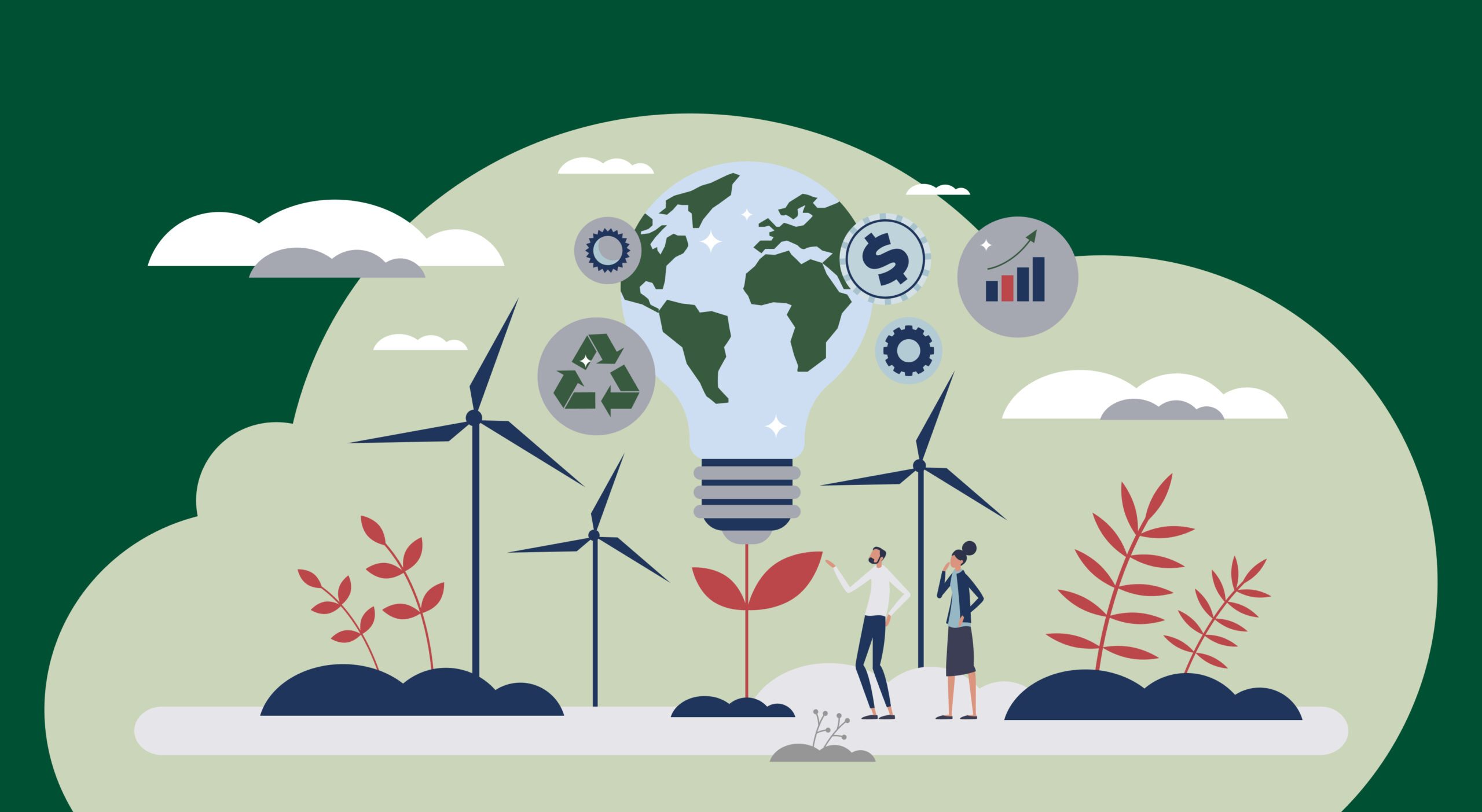Economic and R&D Footprint
The Economic and R&D Footprint is an in-depth analysis of an organization or industry’s impact as a result of economic activities and innovation – measured along the entire value chain. This analysis can be applied to communicate economic impact (internally and externally), manage hotspots in the supply chain, and maximize value creation.
Figures such as “sales” and “number of employees” fail to paint a full picture of an organization’s economic and innovative contribution. The Economic and R&D Footprint offers an evidence-based understanding of the regional, national, or even global impact an organization or industry. This holistic approach analyzes not only the direct contributions arising from within an organization’s own operations, but also the indirect and induced effects generated along the global supply chain.
By adopting a macroeconomic perspective and incorporating the United Nations’ Sustainable Development Goals, the Economic and R&D Footprint enables organizations to translate their impact into the political context. This footprint also forms the foundation to extend the analysis to measure sustainability performance across each dimension: social impact, environmental impact, and economic impact.
How is the Economic and R&D Footprint measured?
The Economic and R&D Footprint adopts an extensive range of indicators to paint a more comprehensive picture of an organization or industry’s economic and innovative impact. These indicators include:
- GDP contribution (direct, indirect, and induced)
- Employment (direct, indirect, and induced)
- Local job multiplier
- Labor productivity
- R&D intensity
- R&D value creation
Download an example study here
What does the Economic and R&D Footprint offer organizations and industries?
The Economic and R&D Footprint offers a range of benefits for organizations and industries. These benefits include:
- Measuring contributions in upstream and own operations, thereby enabling comprehensive management of economic and R&D strategy
- Translating figures into macroeconomic insights by quantifying economic and innovative impact at a regional, national, and international level
- Improving (internal and external) communication on the economic contribution to political targets by providing stakeholder specific messages concerning value creation, innovation, and R&D
- Enhancing internal decision-making by delivering answers to questions such as:
- Which (operational) areas and which countries have the largest economic impact?
- Where are the hotspots of opportunity and risk within the global supply chain?
Economic and R&D Footprint: Political Context
The United Nations has set 17 Sustainable Development Goals (SDGs) on its 2030 Agenda. The SDGs were adopted by all UN Member Nations in 2015 and are a call for global cooperation to promote peace, prosperity, and planetary well-being.
WifOR’s sustainability research supports organizations and industries in measuring progress and achieving targets set by the Sustainable Development Goals. The Economic and R&D Footprint positively contributes to the following SDGs:





You might also be interested in
Latest articles from WifOR’s Sustainability Research
-

Interview with Dr. Richard Scholz
Using Impact Valuation to act responsibly – along the supply chain
-

A comparison of German and European supply chain laws
New supply chain laws: What do they mean for companies?
-

Nonfinancial Reporting
Net Zero – What does it mean for companies?









